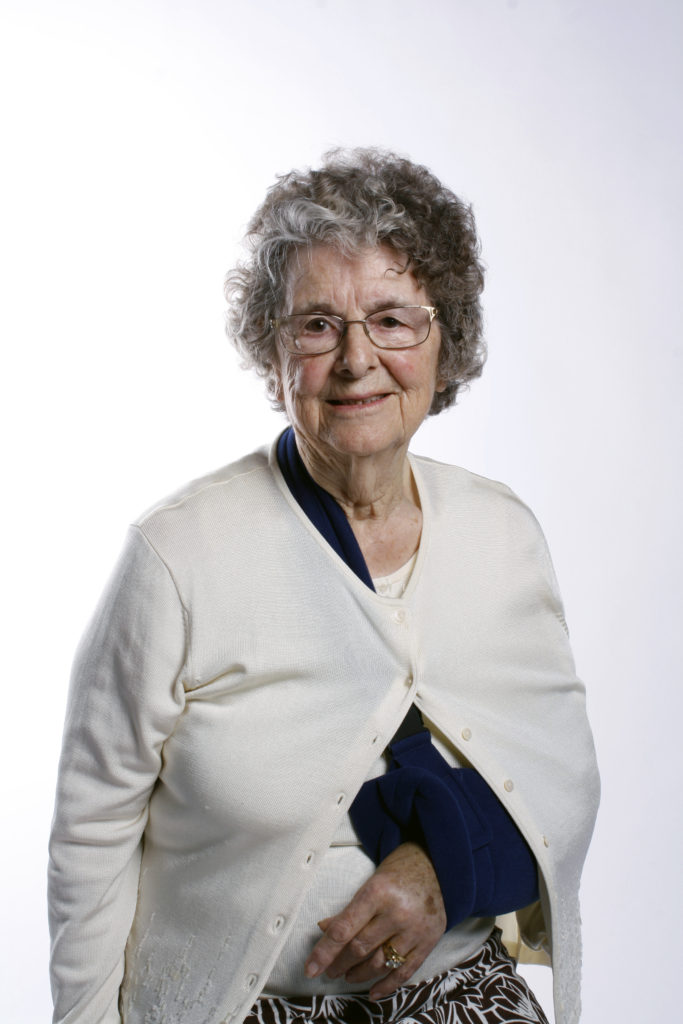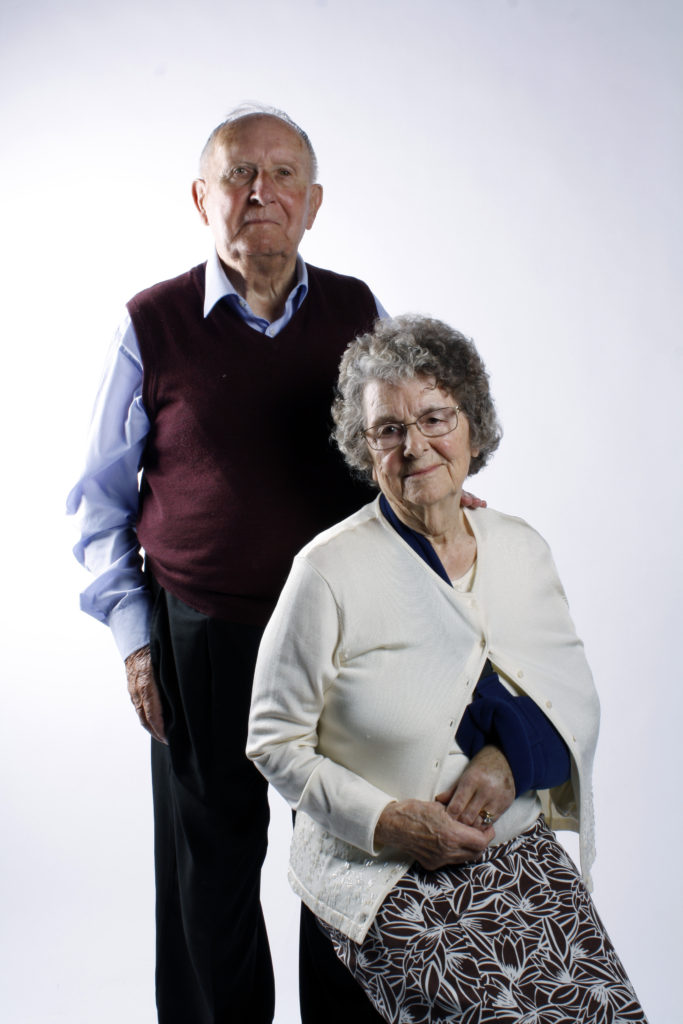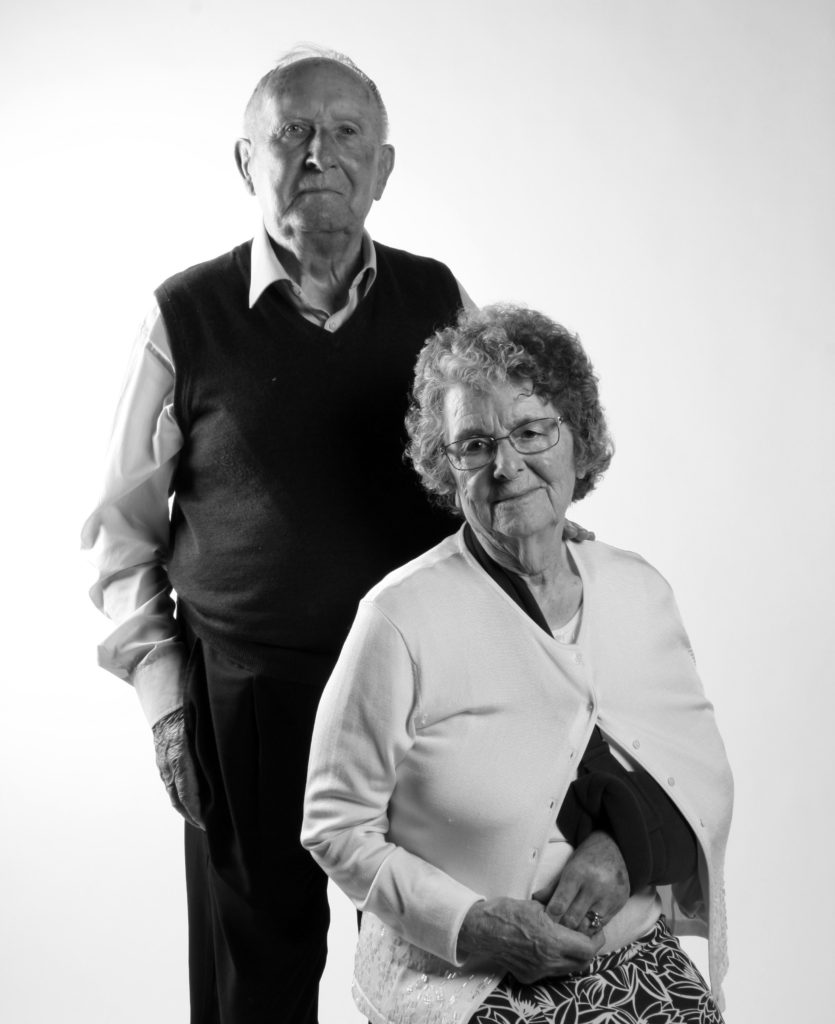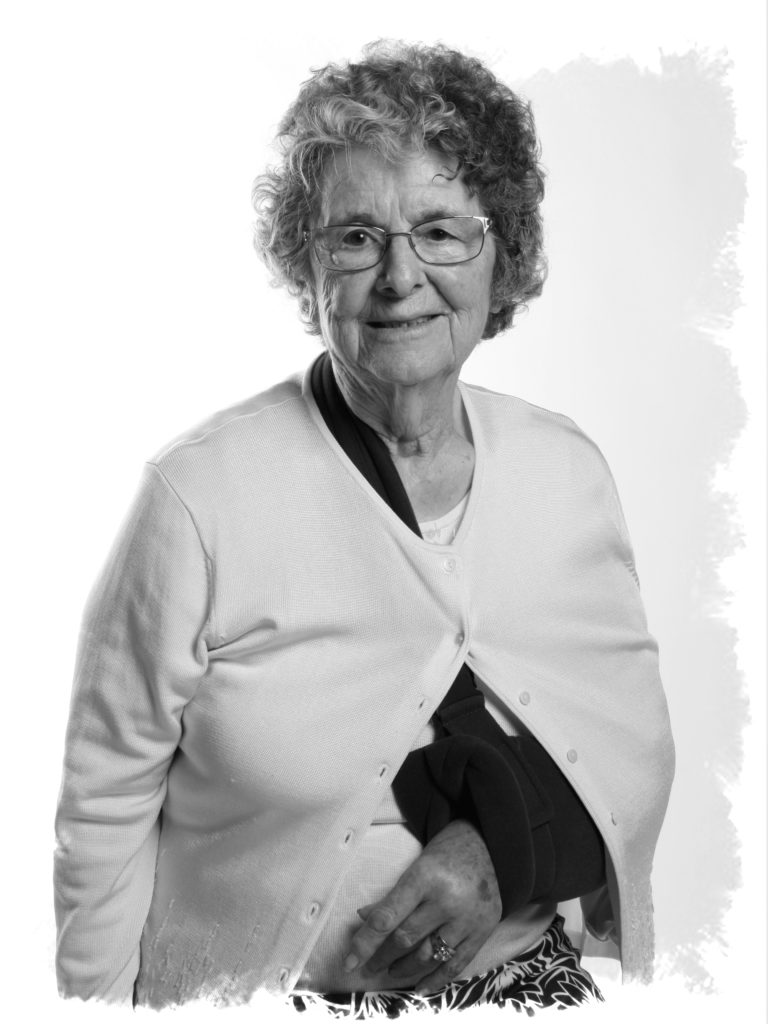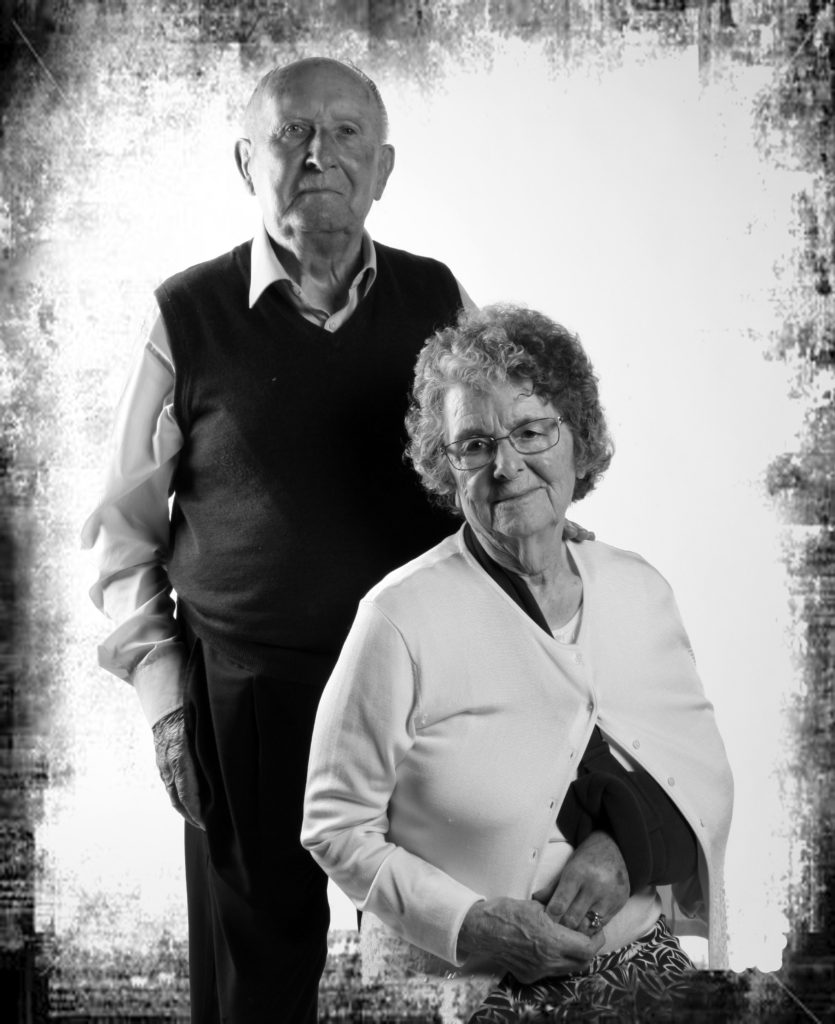During my Personal investigation based on the theme of Occupation VS Liberation, I learnt many new techniques from utilizing archival material to camera skills related to shooting in low light environments. During my Project, I used a lot of archival material such as Occupation registration cards and extracts from newspapers. I learnt how to appropriately set up an overhead camera tripod station in order to capture and record these documents and adjust the lighting to enhance the quality of the image. I also learnt how to use archival databases to find appropriate resources, making use of the Jersey archives online catalogue to select images and correspond with the appropriate staff members of the archive and relay serial numbers to them of documents I required. In terms of camera skills, On many photo shoots in environments such as bunkers and the Jersey war tunnels, I had to adjust my camera settings to be able to capture subjects in low light and ensure I had the best quality images possible. This involved adjusting the shutter speed to allow for a slow shutter speed yet one that wouldnt result in heavy motion blurring due to me holding my camera. The aperture would also have to be set relatively wide to allow for more light to enter the camera and create a much brighter exposure. My ISO levels would have to be around 1600 to allow for more light to enter the camera. A higher ISO than this, as I found out however, Results in a large amount of digital noise.
I hope to take these experiences and points and apply them to my personal study to further enhance my work. I Personally enjoyed the landscape approach to photography as I was able to really experiment with scenery as well as texture within an image, Photographing signs of decay within the bunkers I visited is a good example of this. I also enjoy the limitless creativity in terms of the use of landscape images. for example, My photo montage project where I overlaid cutouts of archival images and documents over the top of images from my visit to Batterie Moltke. I also enjoyed the portraiture element of the Project, Especially photographing Occupation Veteran Joan Tapley as I came to find that portrait photography is a great way to tell a story of a person and learn much more about their history. The portrait project also helped me realise that every person has a story to tell and that portraiture is a great medium to get this story across and told
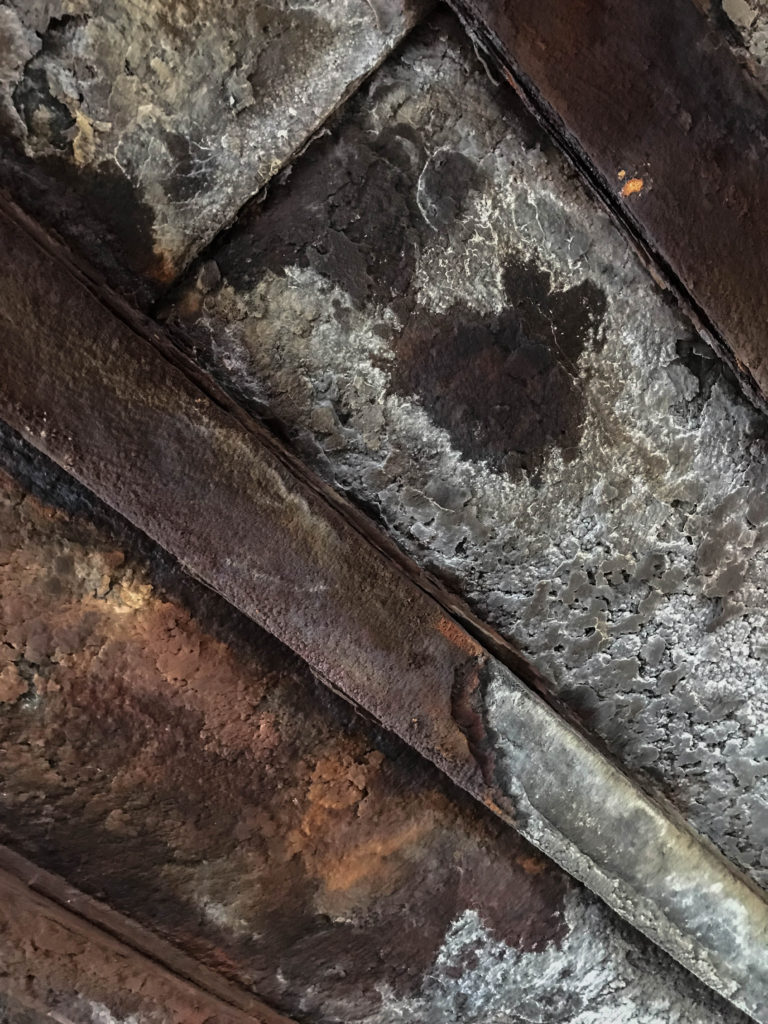
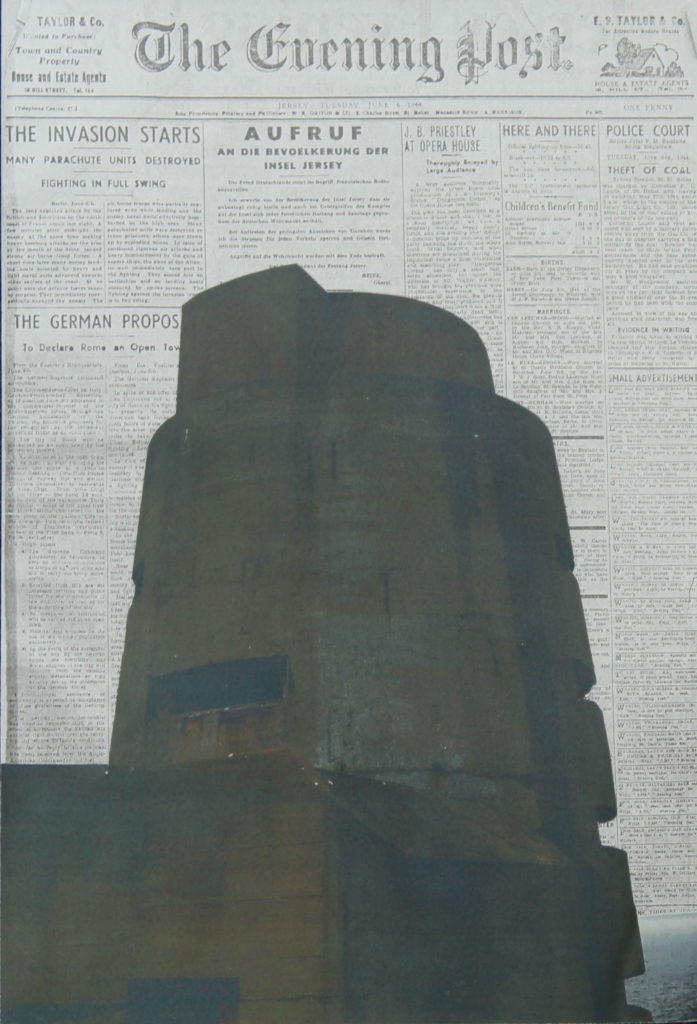
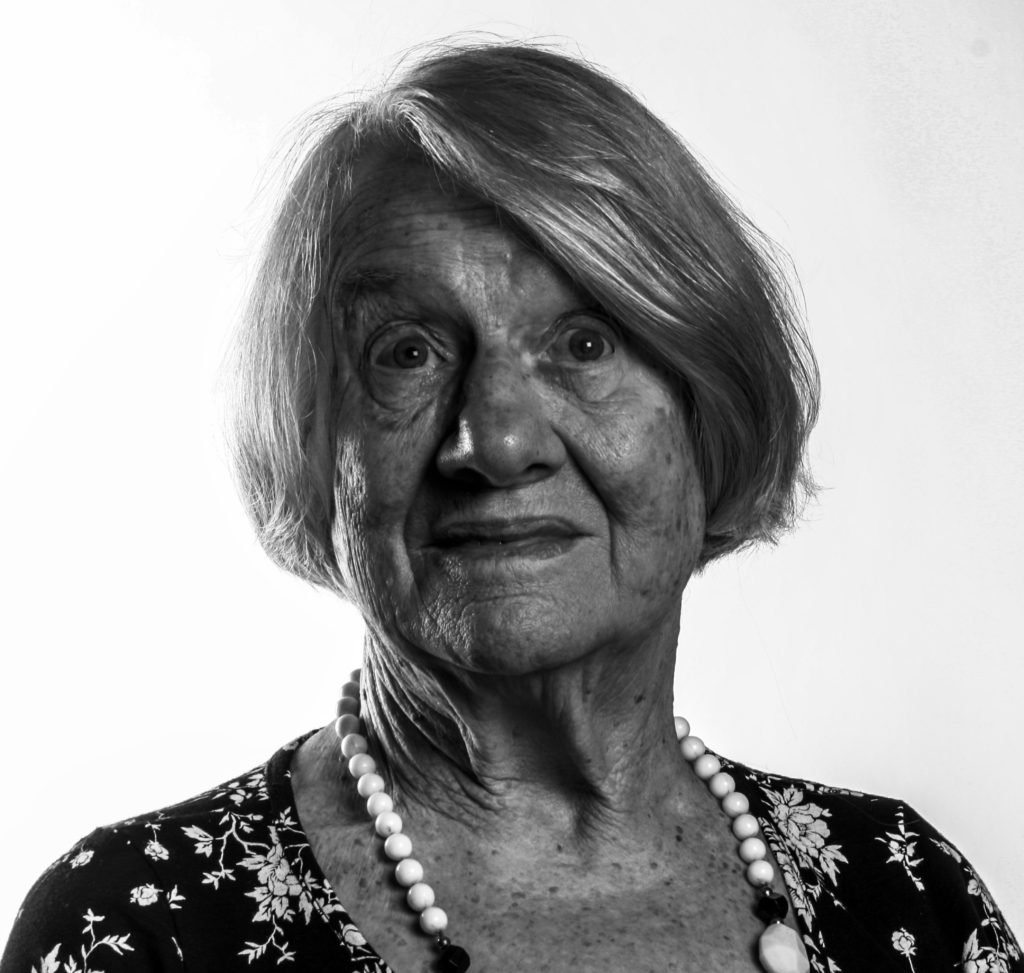
MIND MAP AND MOOD BOARD: OCCUPATION VS LIBERATION
Personally, I find that my whole perspective upon occupation and liberation has changed massively since the start of the project. I used to be well aware of the impact the occupation and liberation had upon not only the island but my family itself as both of my grandparents lived in the Island through the occupation. Liberation was always celebrated annually by my grandparents as well as the rest of my family, but occupation was always reflected upon and many can say that if it werent for the occupation, The island and its inhabitants may not be the same way they are today. I have also begun to think of other meanings of Occupation VS Liberation, as they are both polar opposites. Occupation is defined as the state or period of being controlled or occupied by a force. Liberation is defined as the act of freeing a person or place from oppression or imprisonment. The term imprisonment can be meant both physically in the case of the occupation or metaphorically, Potentially maybe talking about how someone could be imprisoned by a job they do not enjoy or even imprisoned in their own mind and being unable to be themselves. Liberation can also be seen in this same sense, As someone could be going through the oppression of a boring week job and then feel a sense of liberation when the weekend comes around and they are free to live the life they wish to, Whether this be partying or simply relaxing. This could also be seen in the sense of someone being imprisoned in their mind, if they are able to find themselves an opportunity to let go of the feeling of imprisonment by partaking in an activity they like such as sport or arts. For my Personal study I would like to explore themes of Occupation VS liberation in more of a metaphorical sense.
IDEAS FOR FIRST PHOTO SHOOT
I would like to explore Occupation Vs Liberation in a contemporary, metaphorical sense. This would be based around the idea of being occupied by either a job or a persons own mind and I would like to use the medium of photographs to exhibit more intrinsic feelings and attitudes to portray a sense of occupation and liberty within a persons mind in terms of their attitude and feelings towards either work and play or a visual representation of their thoughts and feelings. I would therefore pick subjects and photograph them in an environment that they find occupies their lives such as a workplace or school, and then photograph them in their free time, enjoying their liberty from the oppression of their workplace/ school environment. This could be them either partaking in a hobby or past time or them out partying and socializing. I have also considered this same approach however focusing much more on the subject of mental occupation Vs Liberty, For example somebody who may be struggling with their emotions and whom is able to let go of the struggle when they are socializing.

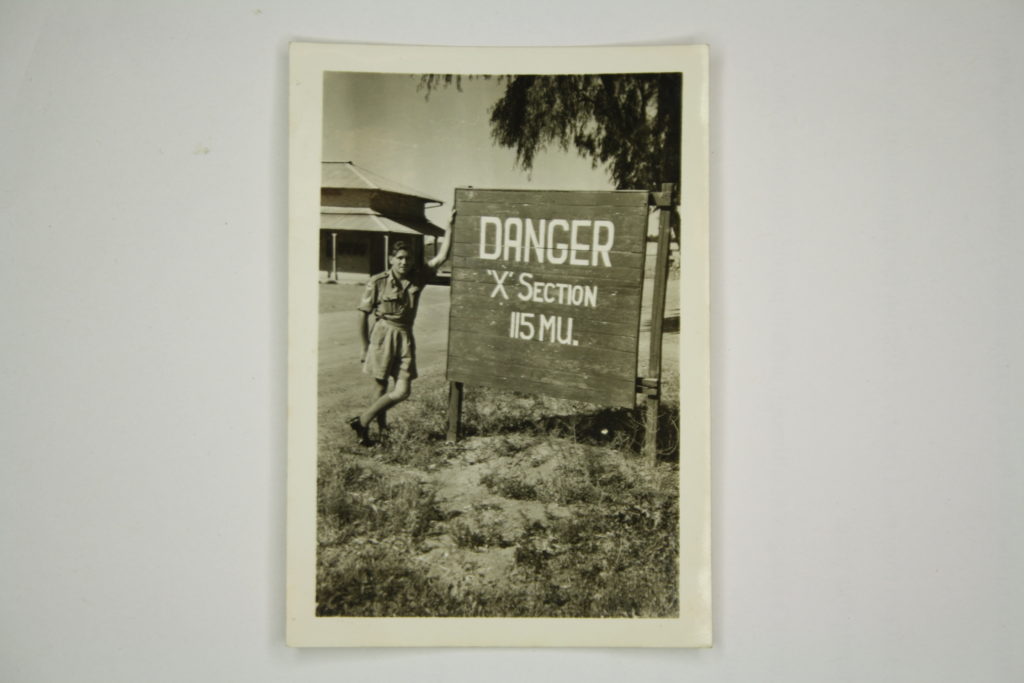
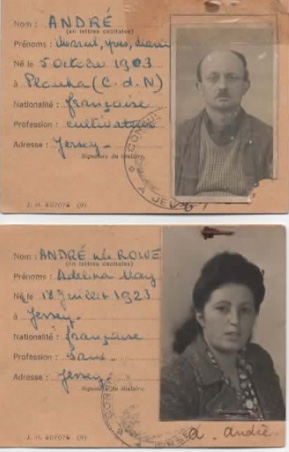



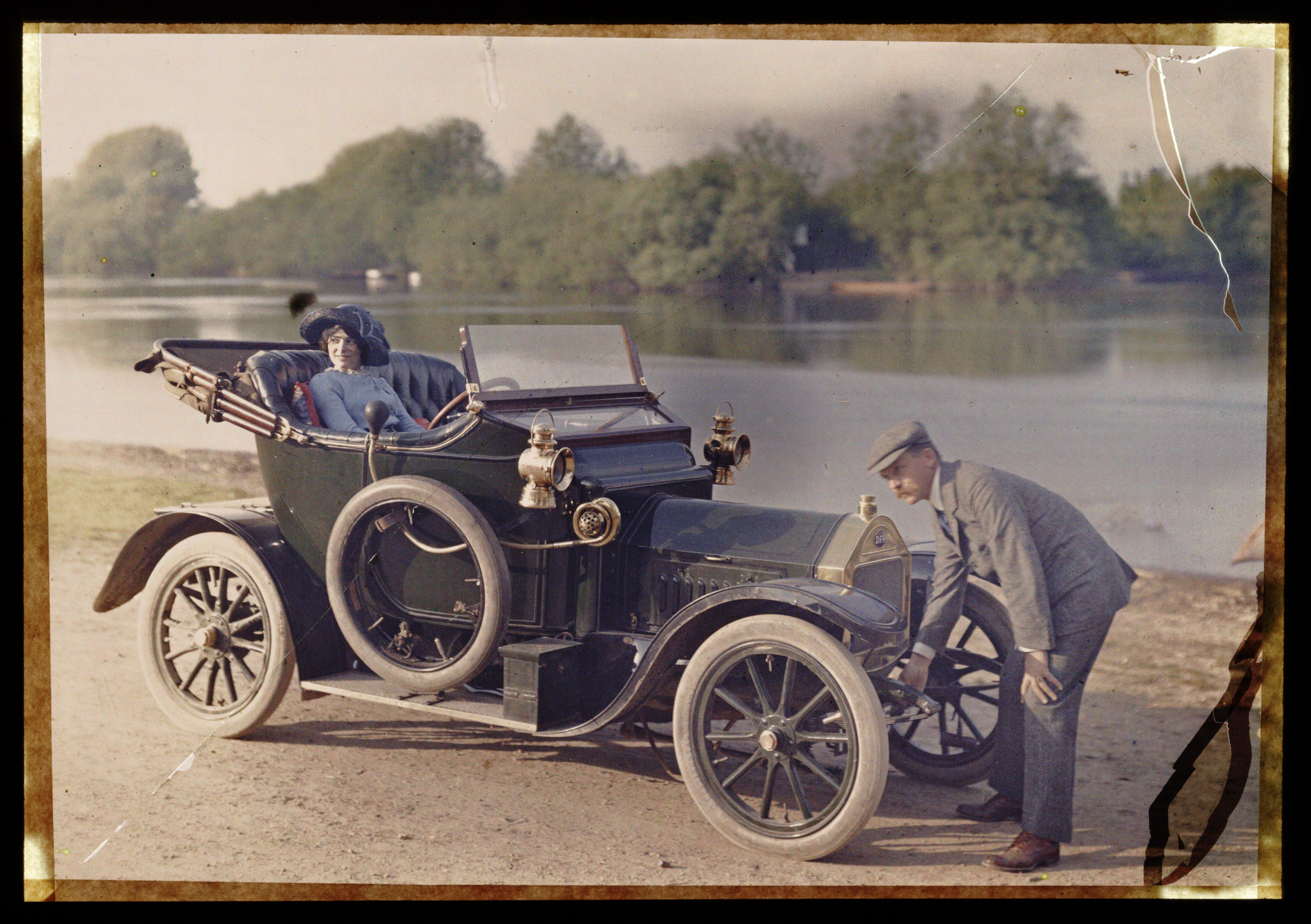






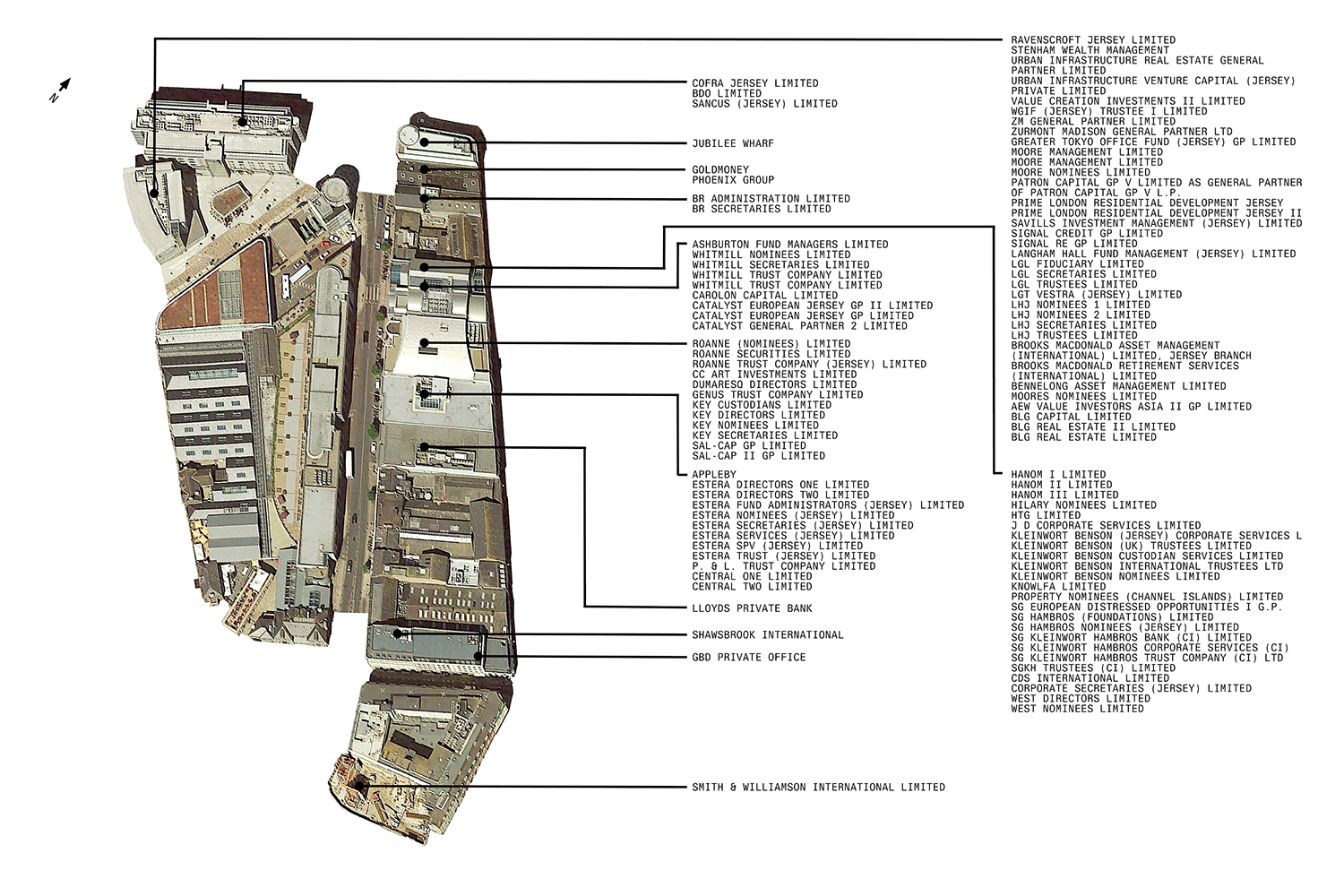
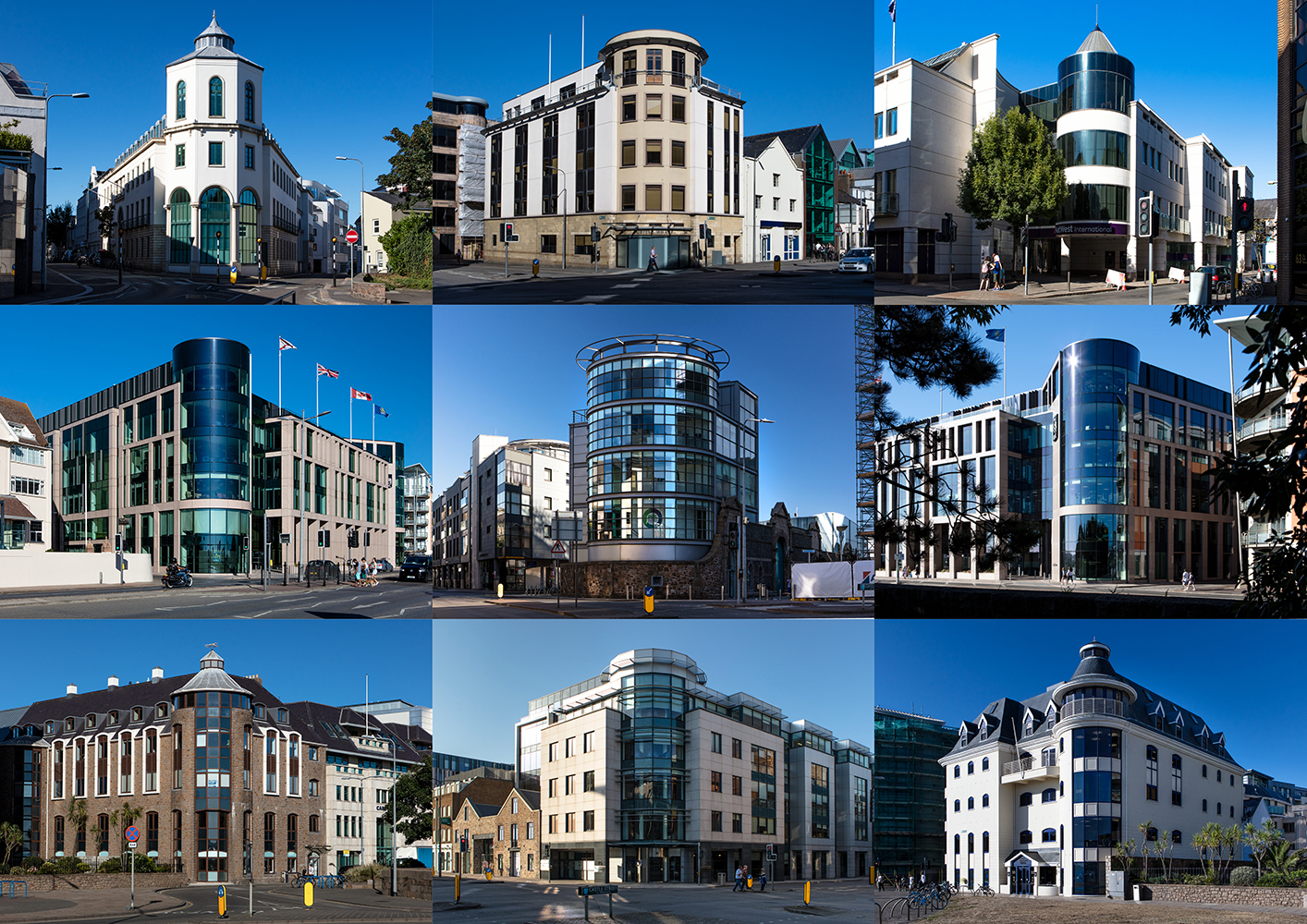

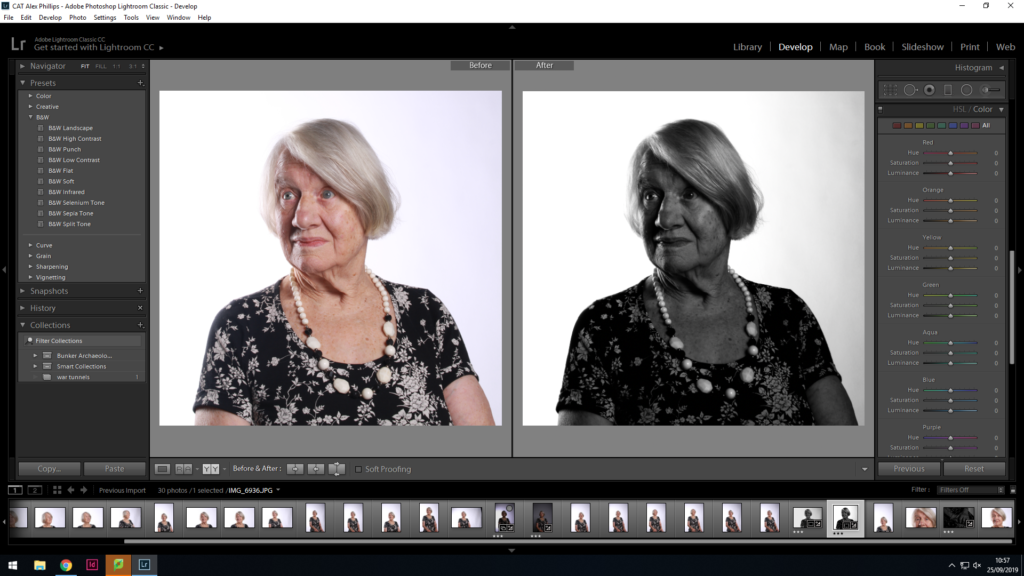

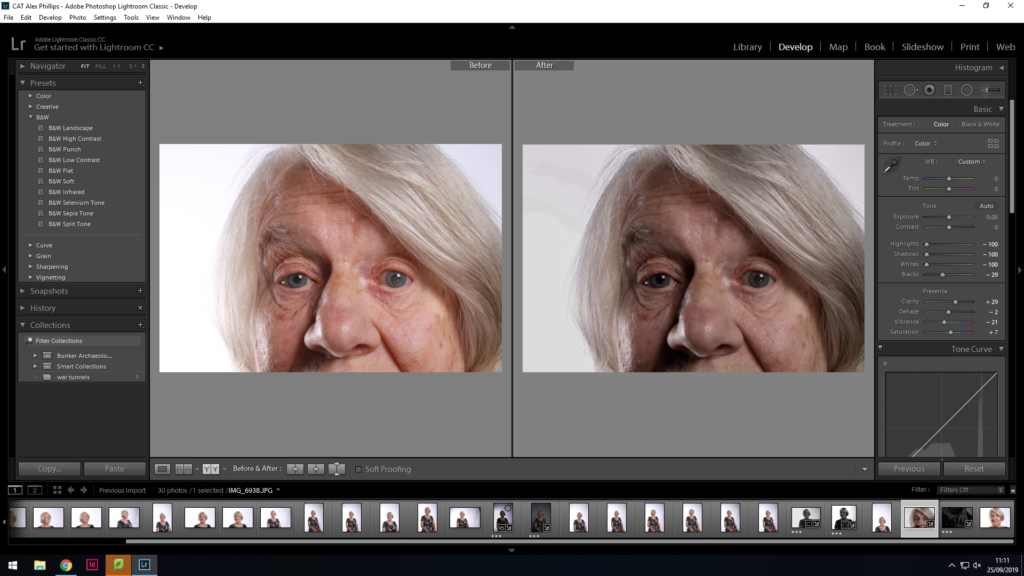




/arc-anglerfish-arc2-prod-jerseyeveningpost-mna.s3.amazonaws.com/public/DY3DU5ZAERCKNC7TOXBRBGY2DM.jpg)
